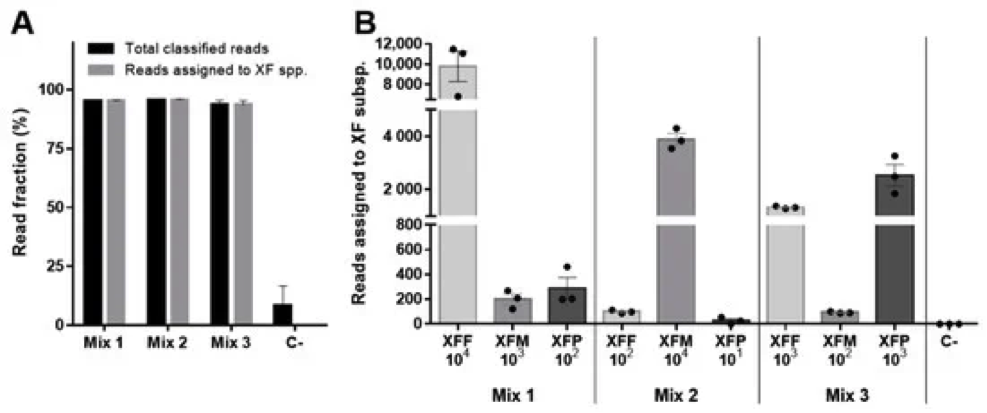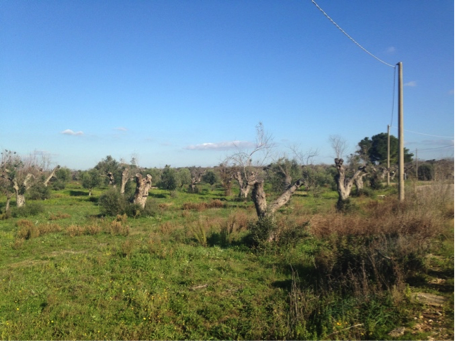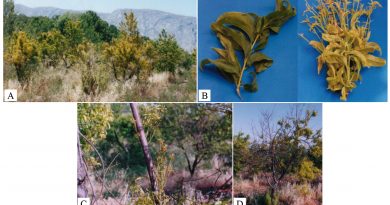THE MINION NEW GENERATION SEQUENCER TO IDENTIFY XYLELLA FASTIDIOSA AND ITS SUBSPECIES
Early detection of quarantine pests is the most important tool to maintain a territory free from these dangerous organisms, allowing to intercept infected material before it can cause the diffusion of the pathogen. Among all quarantine pests, Xylella fastidiosa warrants particular attention, as this bacterium boasts a complex biology and can cause devastating epidemics in several different plant species.
For this reason, the first goal of the GARDING project has been the development of a method for detection and subspecies-identification of Xylella fastidiosa using the nanopore-based sequencing technology offered by the minION device.
The GARDING project, funded by Regione Lombardia, has as partners the University of Verona (Prof. Massimo Delledonne, Department of Biotechnology) and Milan (Prof. Piero Attilio Bianco, Department of Agricultural and Environmental Sciences) as well as the Vivai Nord company, and has the main goal of developing innovative methods for the detection of quarantine pests that can be transported through ornamental plants, contributing to greater safety for consumers and producers both. Furthermore, the GARDING project enjoys a close collaboration with the Phytosanitary Service of Lombardy region, the competent body with great experience on this topic.
The first result obtained by the project was the development of a diagnostic method that allows the timely detection of Xylella fastidiosa with high accuracy, sensitivity, and precision, while also indicating the subspecies found in the sample thanks to the real-time sequencing carried out by the minION technology.
To obtain this result, a new primer pair was developed to amplify a gene that was sufficiently conserved among the subspecies, but also different enough to allow discrimination between them based on sequence polymorphisms. The amplicons obtained have been sequenced with the minION and, after few tens of minutes, it was possible to obtain sequences that correctly attributed each amplicon to the different Xylella fastidiosa subspecies. This method was proven to be effective on low concentrations of pathogens, even ten times lower than those found in naturally-infected plants, can provide quantitative data, and is able to resolve mixed infections by different subspecies in the same sample. These first results open interesting perspectives for the use of this technology in the diagnosis of quarantine pests, possibly also directly out in the field, thanks to the high portability of the sequencing device.

REFERENCE
Marcolungo, L., Passera, A., Maestri, S., Segala, E., Alfano, M., Gaffuri, F., Marturano, G., Casati, P., Bianco, P.A., Delledonne, M. (2022) Real-time on-site diagnosis of quarantine pathogens in plant tissues by nanopore-based sequencing. Pathogens, 11, 199.


